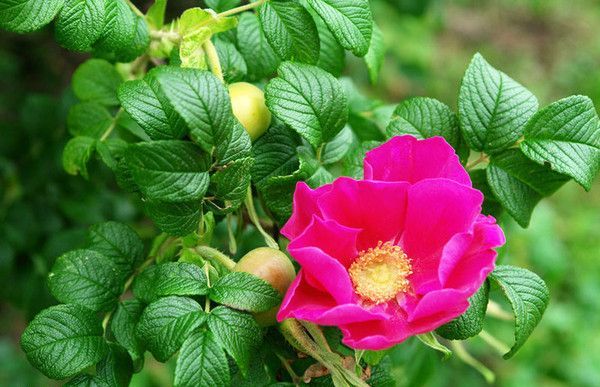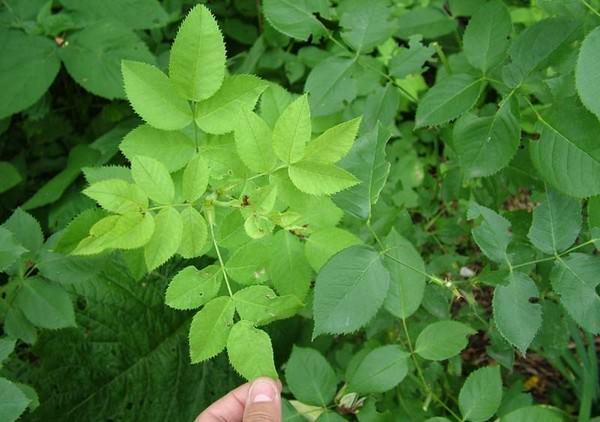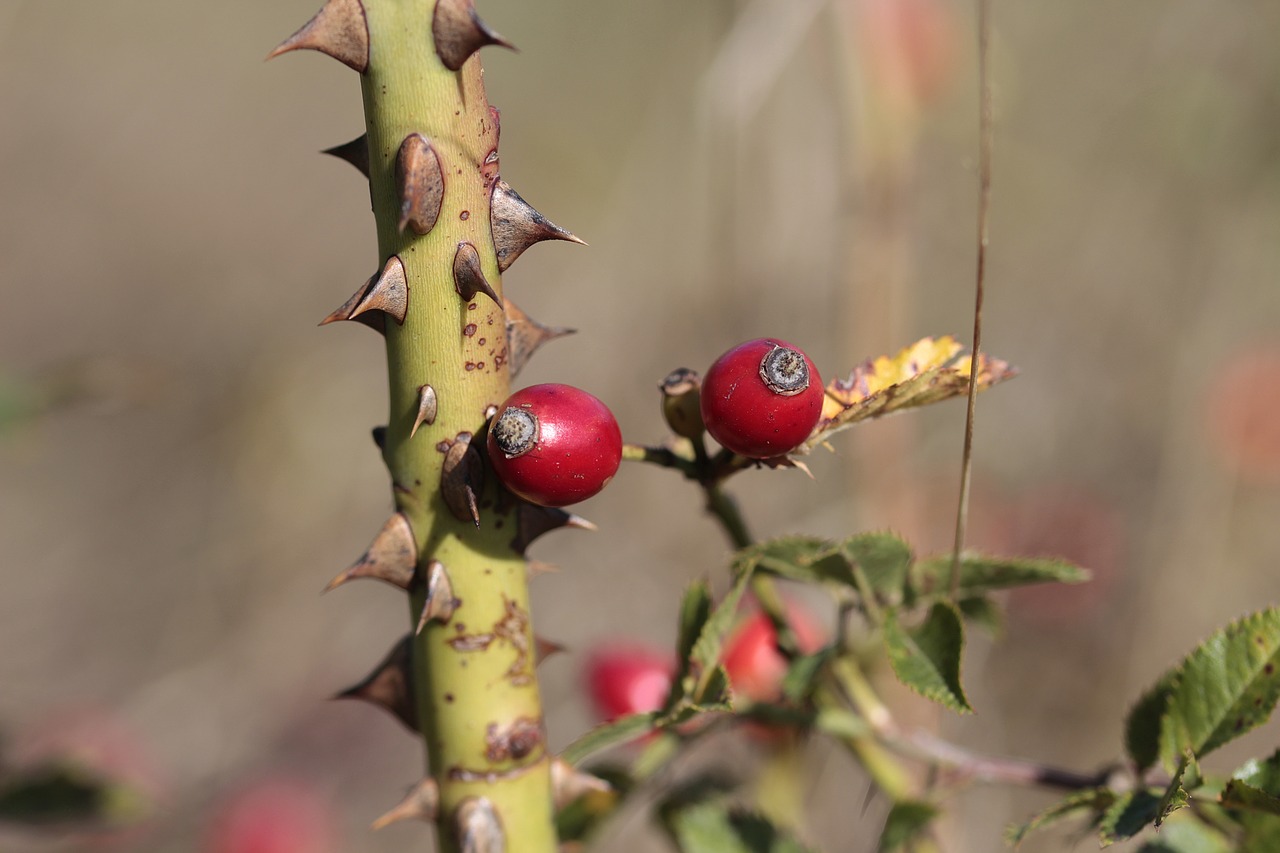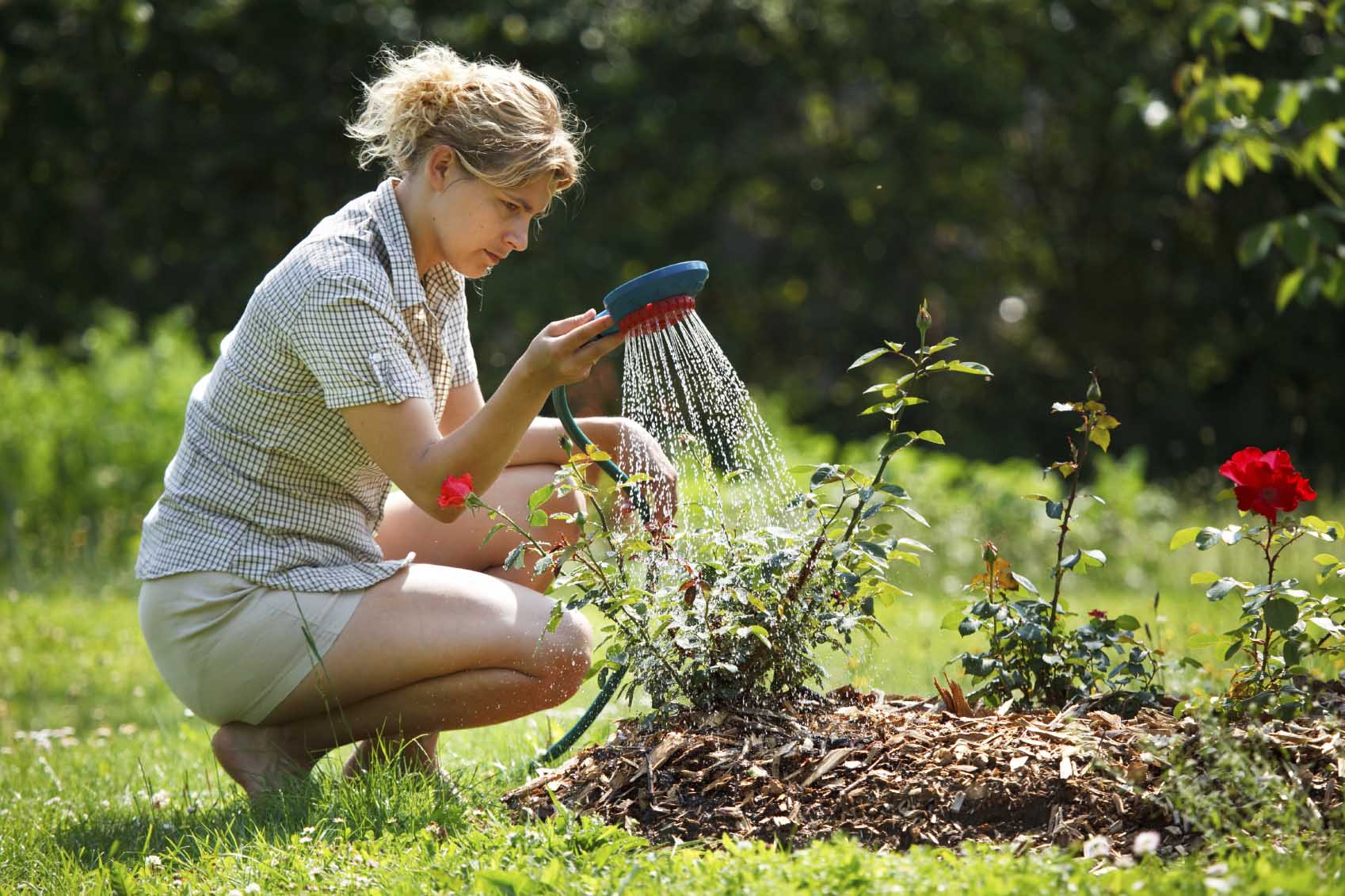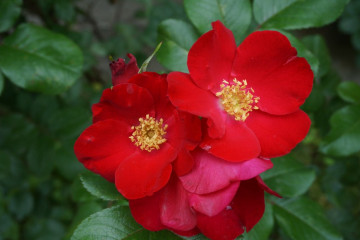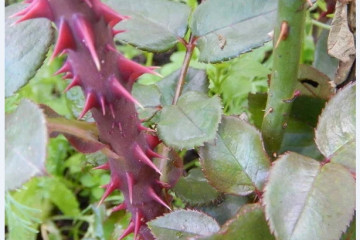How to distinguish a rose from a rose hip by leaves
Content:
Gardeners are often faced with a situation where a rose bush transforms into a rose hip after one or two years. This is a rather unpleasant situation that seriously upsets flower growers. To prevent this, you need to know how to tell a rose from a rose hip.
How to determine if a rose or rose hip is on the site
It is not difficult to recognize the differences between a rose and a rose hip. It is especially easy to understand what exactly grows on the site during flowering.
A rose bush is characterized by the presence of fluffy flowers with many petals, while the wild rose inflorescence includes only 5 petals. After the end of flowering, red-orange fruits appear on the rosehip bush, containing many seeds inside.
What is the difference between a rose and a rosehip
Rosehip has many similarities to shrub roses. Common features include the following:
- shrubs are deciduous and have straight shoots;
- there are climbing varieties;
- the root system is quite powerful and pivotal - it goes 40 cm deep;
- the bushes reach 1.5 m in height;
- shoots are covered with thorns;
- leaves are long and pinnate;
- leaf plates are ovoid and have serrated edges.
It is possible to distinguish cultures on different grounds, but it can be quite difficult for an inexperienced florist to do this. To buy the right plant, it is recommended to consider the following features:
- the shade of the branches;
- the size and placement of the spikes;
- the presence of a vaccination area.
How to distinguish a rose from a rosehip
When you need to distinguish a rose from a wild plant, there are a number of signs to consider. To buy a plant correctly, you need to carefully study the seedling. It is also necessary to control the development of the culture during the growing season.
During flowering
In fact, a rose is a cultivated rose hip. It is quite easy to distinguish these plants. It is especially easy to spot the difference during the flowering period.
A rose flower has many petals, while a rose hip has only 5. Even if you look at a rose flower well, you will not be able to see its middle. In this case, the dog rose has a yellow center in sight.
Rose bushes have a wide variety of flower shades - white and almost black. Rosehips can only have white or pink inflorescences.
By shoots
You can also find out which plant is on the site by the appearance of the shoots. The noble culture has red-burgundy branches. Subsequently, they can acquire a greenish color. At the same time, a wild plant always has green shoots.
At the same time, not only the color is different, but also the appearance of the shoots. The rose is characterized by straight branches. Their diameter can be 10-15 mm. Shoots are covered with large thorns, which are not too dense. There are also climbing plants. They have flexible shoots that require a tie and support.
The rosehip is able to grow upright until it gains support.After that, he will begin to trudge upward. As a result, the height of the bush can reach 3 m. The shoots of the plant will never become woody. They have a smaller diameter and are densely covered with small spines. The tops of straight shoots are slightly bent.
By the leaves
The rose may differ from the rose hip in the appearance of the leaves. The difference lies in their appearance and quantity on a complex sheet. Rosehips always have 7 leaves on a branch. At the same time, 3-5 leaves can be seen on rose bushes.
However, there are also exceptions to the rule. New varieties of ornamental plants may have more leaves. Moreover, this feature testifies to the excellent resistance of the culture to frost. Therefore, it is quite possible to find a rose that has 7 or even more leaves. In addition, more than 5 leaves are found in climbing varieties.
How to distinguish a rose from a wild rose by the leaves? To accurately identify plants, you need to carefully consider the structure of the foliage. The rose has rather large leaves of a rich green color. Sometimes they can have a burgundy hue.
At the same time, smaller leaves are characteristic of rose hips. Sometimes they are covered with small thorns. The foliage can be bright green in color. However, it is more matte than glossy.
On thorns
The shoots of the plants are covered with thorns. However, they differ in size and location. In a garden culture, thorns are very large and rarely planted. At the same time, wild bushes are covered with small and densely spaced thorns. In some situations, spines are also found on the sepals.
How to know if a rose is turning into a rosehip
How to determine that a rose passes into a rosehip? This question often worries gardeners. A rose can turn into a rosehip due to various diseases and violations of the rules of care. Pest attacks are also a common cause of problems.
At the same time, the rose bush does not immediately lose its appearance. If measures are not taken in a timely manner, there is a risk of losing the ornamental plant. The first signs of transformation into a rosehip include the following:
- the appearance of a thin growth of a light green hue;
- the development of growths away from the bush;
- the formation of many small thorns on the shoots.
Why does a rose turn into a rosehip
The transformation of a cultivated flower into a wild plant can be associated with a number of factors. These include the following.
Purchase of a seedling, in the lower part of which there are rosehip buds
It can be difficult for an inexperienced grower to choose a quality plant. In addition, there are unscrupulous sellers who try to sell such crops.
Such a purchase has very unpleasant consequences. At the same time, wild shoots grow along with cultural shoots. Gradually, the growth begins to take away all the useful substances. As a result, the rose stops flowering due to lack of nutrition and may even die.
Poor survival rate
At any time, the rose bush can get sick, freeze or die from excess moisture. In this case, the dog rose is considered a fairly hardy plant that will sprout out instead of dead ones.
Failure to comply with the rules of cultivation
A quality seedling should be grafted directly under the roots. This zone is required by the culture to protect it from the influence of external factors. When planting, it is recommended to deepen the grafting zone into the ground by 7-10 cm. After planting, the plant must be additionally hilled.
It is important to take into account that a rose bush does not transform into a rosehip immediately.Therefore, not every grower will be able to see the important moment when the wild growth began to develop instead of the cultural one.
In this case, the problem becomes apparent only during flowering, when instead of beautiful pink flowers, simple rose hips appear. To avoid such problems, you need to timely identify the first signs of transformation.
In order for the garden culture to delight with its decorative appearance and impeccable flowering as long as possible, it is necessary to properly care for it. In this case, you must follow the following recommendations:
- remove weeds around the bush in time;
- systematically water and loosen the soil;
- regularly inspect the plant for the development of root growth;
- fertilize every 10 days - for this it is recommended to use a mineral composition.
If there are signs of rebirth, it is necessary to take timely measures. To do this, it is recommended to perform the following actions:
- dig up the soil around the plant - this must be done extremely carefully to avoid damage to the roots;
- find the vaccination area;
- find the point of growth of rose hips;
- carefully trim them to the very base;
- treat the cut area with an antiseptic solution.
Rose has significant differences from rose hips. However, it can be difficult for novice growers to tell the difference between these plants. In order to timely notice negative changes in the decorative culture, it is worth paying attention to the structure of branches, leaves and flowers.
